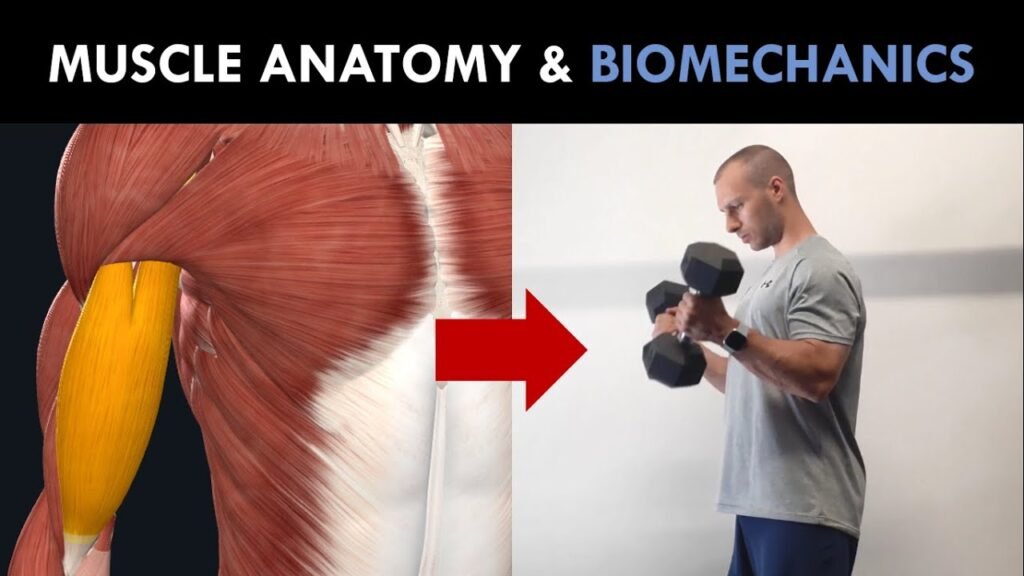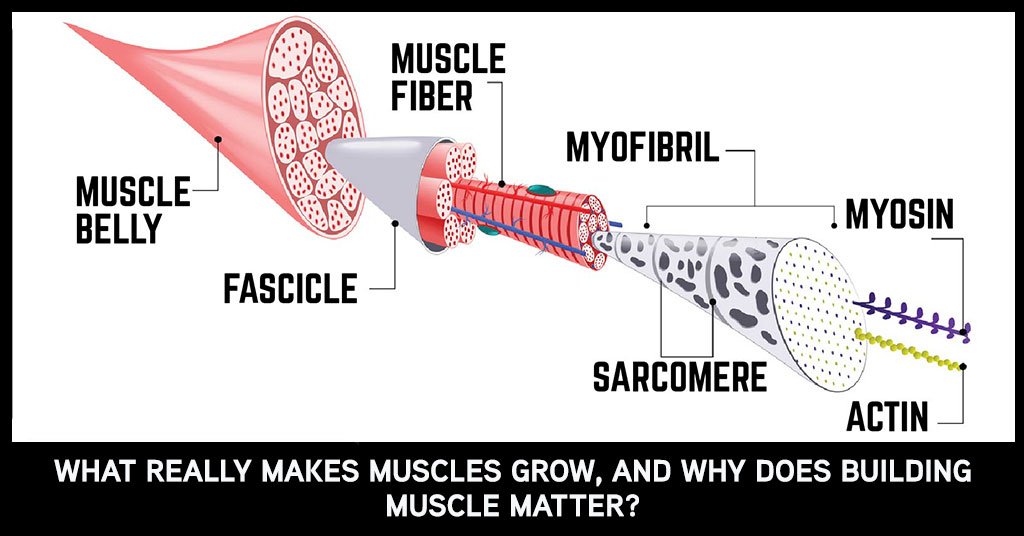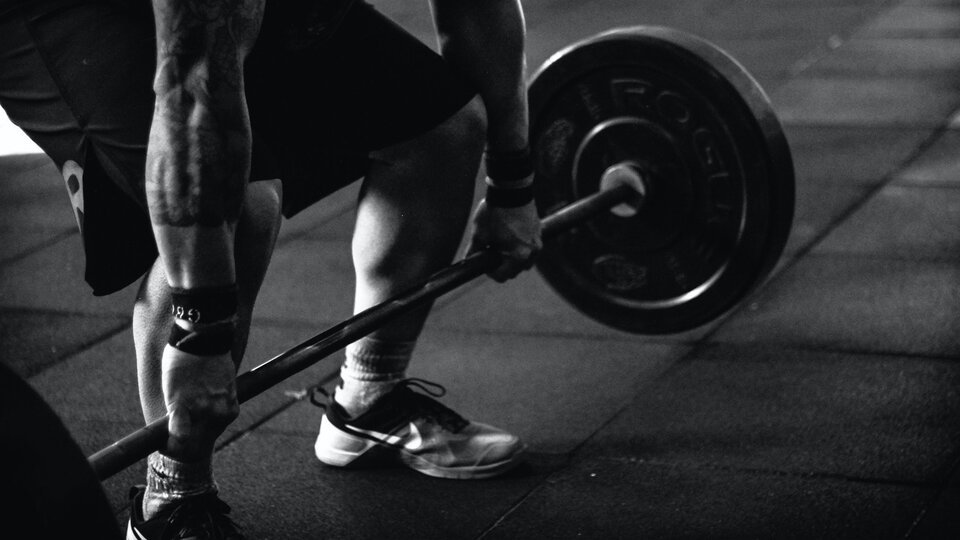In the world of muscle growth, it’s not enough to simply add more weight and increase the number of sets. While volume and progressive overload are important for gaining muscle, there’s a crucial element that often gets overlooked: the biomechanics of muscle growth. By understanding the physics behind strength curves and resistance profiles, you can strategically isolate and stress the muscles you’re targeting, leading to greater gains. This article dives into the science behind these concepts and provides practical examples of how to apply them in your training routine. So, if you’re looking to maximize your mass gains and break through plateaus, it’s time to take a closer look at the role of physics in muscle growth.
The Biomechanics of Muscle Growth
Are You Leaving Gains on the Table?
When it comes to muscle growth, simply increasing volume and progressively overloading the weights may only take you so far. To maximize your gains, it’s crucial to isolate and mechanically stress the target muscles. And this is where understanding the biomechanics of muscle growth becomes essential. Specifically, let’s delve into the concept of strength curves and resistance profiles.

What Are Strength Curves/Resistance Profiles?
Strength curves and resistance profiles refer to the varying levels of torque and mechanical tension experienced by a muscle during different points of an exercise. If you’ve ever noticed that some parts of a lift feel easier or harder than others, you’ve experienced strength curves in action.
Most gym equipment, unless you’re using specialized machines, utilizes variable resistance. This means that the mechanical tension on the muscle changes as the angle of your joint changes in relation to the weight you’re lifting. This variable resistance impacts how the muscles are stimulated and can significantly affect muscle growth.

Examples of Strength Curves in Exercises
To better understand strength curves, let’s explore a couple of exercise examples. If your goal is to develop massive pecs, you might be drawn to the dumbbell chest fly. However, at the top of the movement, as the dumbbells approach each other, the joints become stacked, and there is a moment of decreased tension in the pec muscles. This can limit the effectiveness of the exercise for muscle growth.
To optimize tension throughout the entire range of motion, consider modifying the exercise by adding cables. By anchoring the cables laterally and slightly behind you, the resistance remains constant as the hands approach the midline. This modification allows for greater tension over a broader range of motion and a more extended time under tension, which promotes muscle growth.
Let’s take another example – the squat. While squats are often seen as a go-to exercise for quadriceps development, the resistance profile of a squat may not maximize tension on the quad muscles. As you drive out of the bottom of a squat, the quads contract to extend the knees. However, as your joints become more extended and stacked, the quad contraction decreases, leading to a reduction in tension on the quads.
For a more targeted contraction and increased tension on the quads, consider incorporating the leg extension machine. As you perform the leg extension, the resistance moves further away from the knee joint, increasing torque on the quad muscles. This exercise applies more tension through the quadriceps than a standard squat, particularly in the rectus femoris muscle, leading to greater gains over time.

Maximizing Muscle Growth
Now that you understand the importance of strength curves and resistance profiles, let’s explore how to maximize muscle growth through exercise selection and manipulation of variables.
Choosing the Right Exercises
First and foremost, it’s essential to choose exercises that effectively target the muscles you want to develop. Understanding strength curves and resistance profiles can help guide your exercise selection, ensuring optimal tension and stimulation for muscle growth.
Isolating and Stressing Target Muscles
To maximize muscle growth, it’s crucial to isolate and stress the target muscles. By focusing on proper form and technique, you can effectively engage the target muscles and minimize unwanted activation from secondary muscle groups. This isolation and stress lead to greater muscle recruitment and, ultimately, enhanced muscle growth.
Increasing Time Under Tension
Time under tension refers to the duration during which a muscle is under load during an exercise. Increasing time under tension can stimulate muscle growth by subjecting the muscles to prolonged stress. By controlling the tempo of your repetitions, you can extend the time under tension and optimize muscle growth potential.
Range of Motion and Muscle Growth
The range of motion (ROM) in an exercise directly impacts muscle growth. Using a full range of motion allows for greater muscle fiber recruitment and activation. Avoiding partial repetitions and striving for a complete ROM ensures that the target muscles are thoroughly stimulated, promoting optimal muscle growth.

Exercise Examples
To illustrate the concepts discussed, let’s look at a couple of exercise examples:
Dumbbell Chest Fly with Cables
To enhance tension throughout the movement and target the pec muscles effectively, you can modify the traditional dumbbell chest fly exercise by incorporating cables. By anchoring the cables laterally and slightly behind you, you can maintain constant resistance and achieve greater tension over an extended range of motion.
Leg Extension vs Squat
While the squat is a popular exercise for quadriceps development, the leg extension machine offers a more targeted contraction for the quads. As you extend your knees, the resistance moves further away from the knee joint, increasing torque on the quad muscles. This increased tension can lead to significant gains in quad muscle development over time.

Overcoming Plateaus
If you’ve hit a plateau in your muscle-building journey, it’s crucial to evaluate your training plan. Are you making intelligent exercise selections based on their potential for inducing muscle hypertrophy? Mindlessly following exercises without careful consideration can impede progress. Take the time to analyze your training plan and make adjustments as necessary to overcome plateaus and continue making gains.
In conclusion, understanding the biomechanics of muscle growth, particularly strength curves and resistance profiles, is integral to maximizing muscle development. By choosing the right exercises, isolating and stressing target muscles, increasing time under tension, and optimizing range of motion, you can effectively stimulate muscle growth. With intelligent exercise selection and careful consideration of the biomechanical principles at play, you can ensure that you are not leaving gains on the table.



One thought on “The Biomechanics of Muscle Growth: How Physics Influences Your Gains”